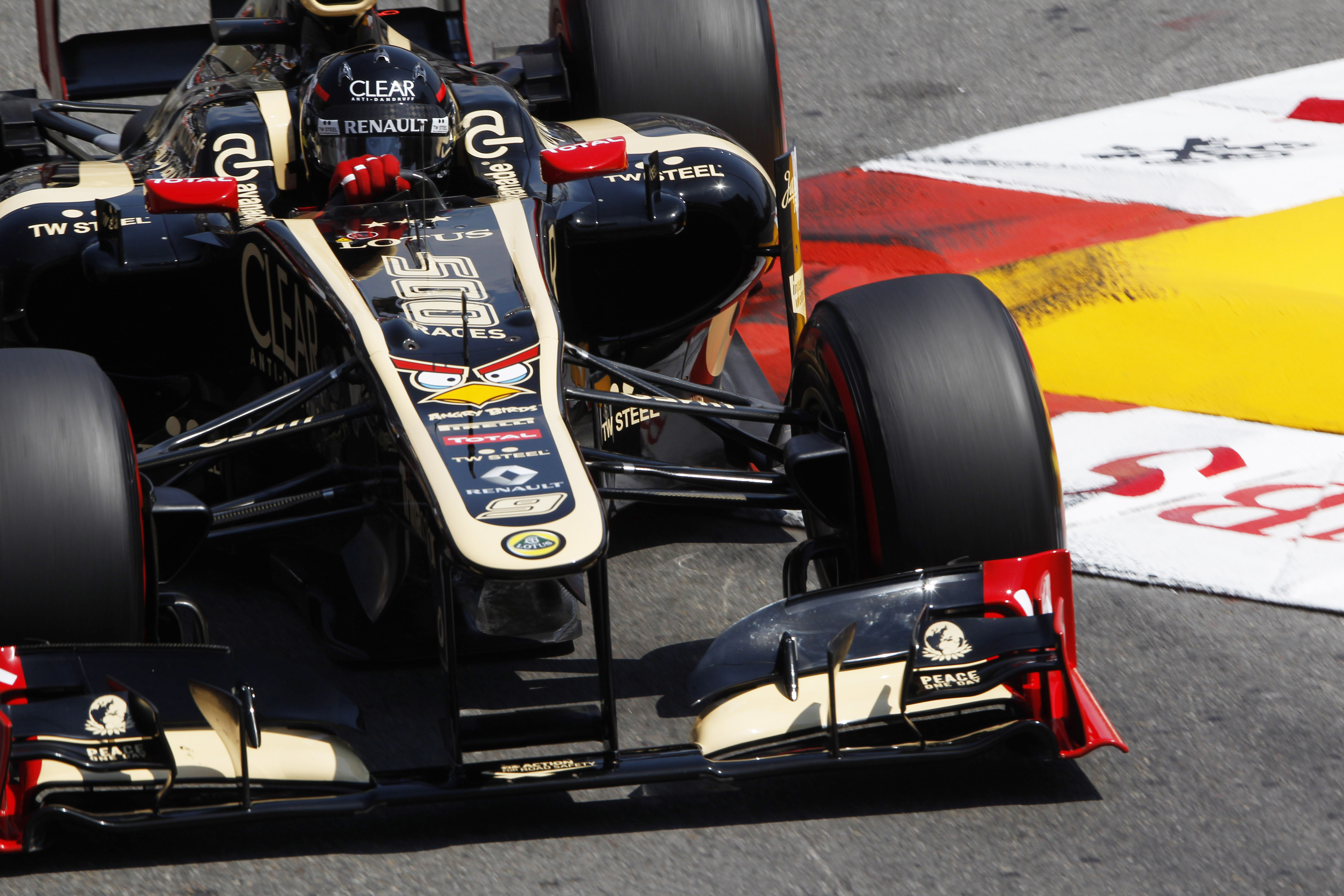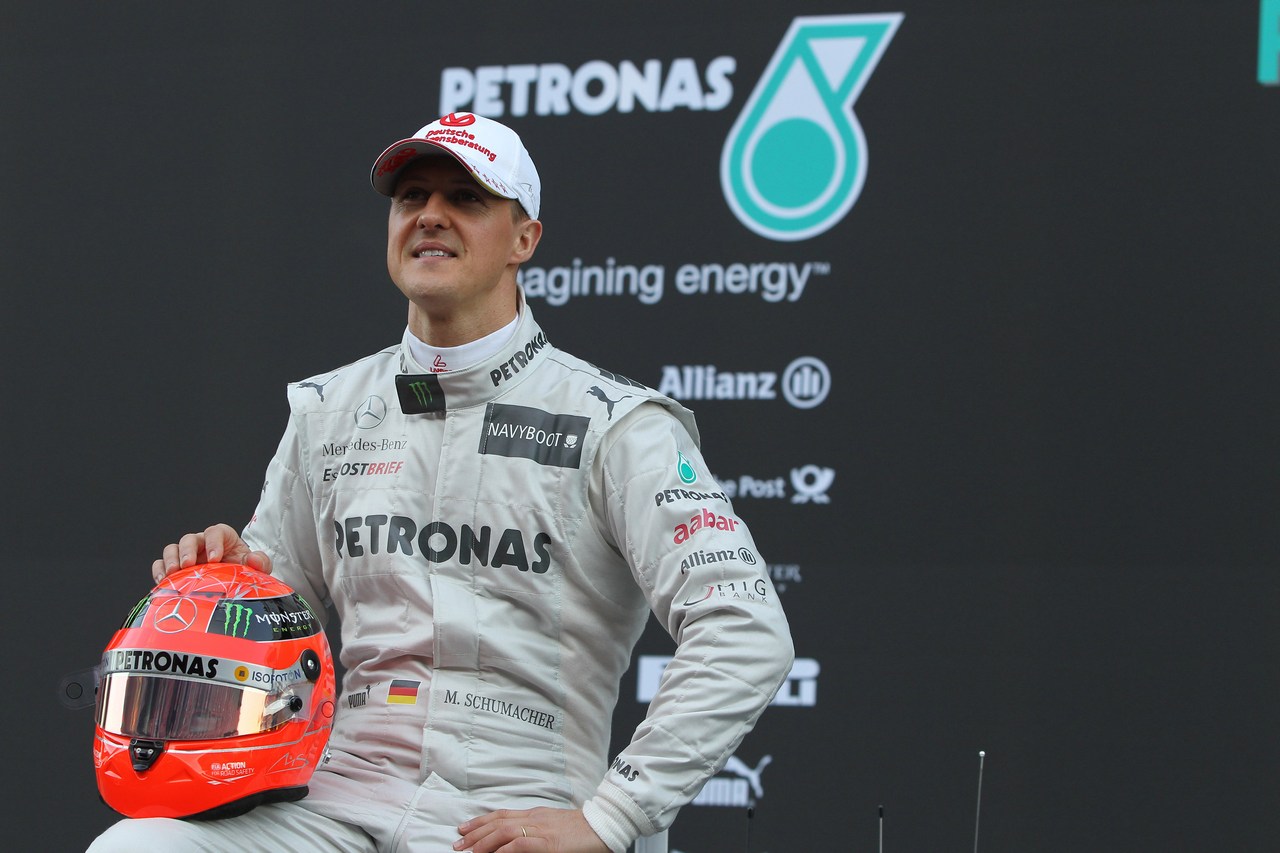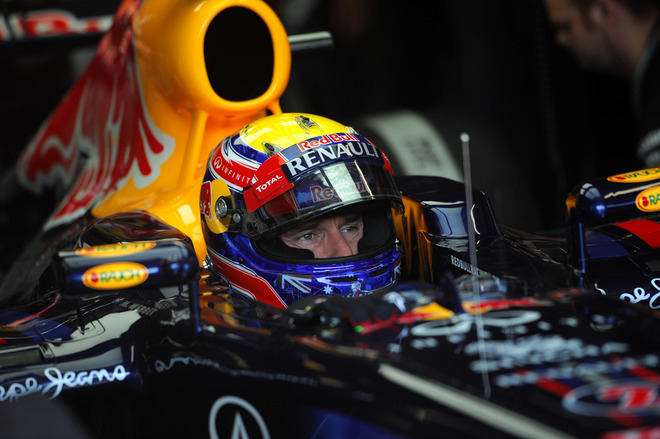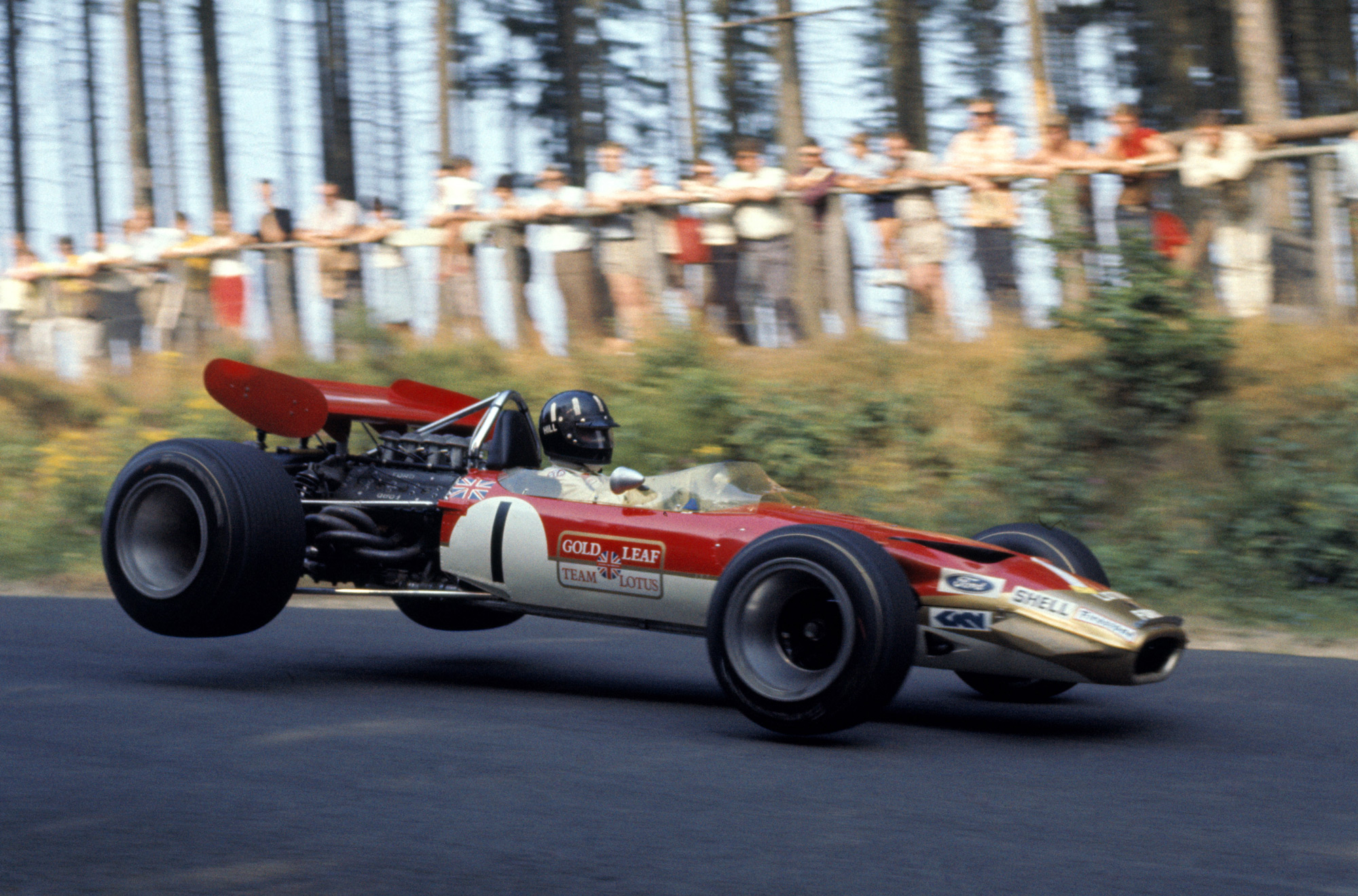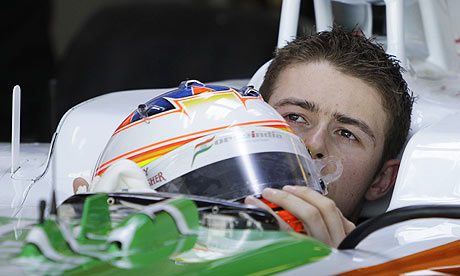Commentary: Raikkonen testing Lotus' patience with steering complaints
Kimi Raikkonen tried the Lotus team's patience with his performance over the Monaco Grand Prix weekend. It's the first time the new relationship has been seriously tested and where it goes from here is largely in Kimi's hands.
The Enstone team that was celebrating its 500th grand prix over the weekend - which includes its guises badged as Benetton, Renault and now Lotus - has always been a fabulously simple, down-to-earth operation, with a well-matched bunch of minimum-fuss racers at the core even as the management has changed around it. The management has always just secured the funds, hired the drivers and given the race team a budget to work to - and has not got itself involved in the actual operation of the racing. So long as there are such low-key, capable, experienced, competitive personnel in the key roles as at Enstone, it works brilliantly well.
It's a very different system to those seen at, say, McLaren or Ferrari. The engineers on the race team at Enstone have always had more autonomy, with defined roles less specialised and more flexible than at other major teams. There is a natural hierarchy there that is totally respected and with everyone pulling their weight and contributing to the whole, there is a fantastic atmosphere.
The drivers that have flourished there - Michael Schumacher, Fernando Alonso, Robert Kubica - have fitted in perfectly with that ethic: racing obsessives with little interest in the peripheral bulls**t that comes with fame, who would choose to spend hours in the garage immersed in the team, talking about the car, of how to make it go faster, even after the official debriefs had finished. Why go to a party when you could hang around the engineering room or the garage?
Another ideal quality for a classic Enstone driver is a lack of emotional drama - there will be precious little arm-around-the-shoulder stuff here for any driver of that disposition. Alonso found this on the few occasions he let that Latin temperament come to the surface, hence his comments in Japan '06 of how he felt alone in the team in the wake of the Chinese Grand Prix the previous week when he found himself having to race his team-mate Giancarlo Fisichella.
Usually, Alonso's performance dominance over his team-mates kept him on an emotional even keel. But that was invariably upset whenever there was an in-team challenge. His angry screaming over the radio at Indianapolis '06 when Fisichella was running ahead of him was another such example, signed off with a sarcastic, 'I hope you enjoy Fisi's podium,' at the end.
Such stuff would be met with shrugged shouldered indifference by the guys on the team there. They loved Alonso, and his occasional outbursts were just part of him that they could easily shrug off - but were never going to indulge. They loved him because he clearly worked just as hard as them, was just as obsessively competitive as them - and because he was relentlessly on it every time he got in the car. That was true from 2003-06. The driver they found in the less competitive car of 2008-09, they were not so enamoured with, but let's not digress.
Kimi Raikkonen's low-wattage, totally unpretentious personality fits in perfectly at Enstone and he was an instant easy fit there; fantastically gifted but no histrionics. He is not as obsessive about the car as Schumacher, Alonso or Kubica, does not want to hang around at the track forever once he's been downloaded in the official debriefs. But that's fine, the team don't mind that - they can shrug it off just as easily as they could Alonso's occasional outbursts. Where he might fall down in his relationship with the team would be if they sense he is not giving as much as they are - and his Monaco weekend was not an encouraging sign.




